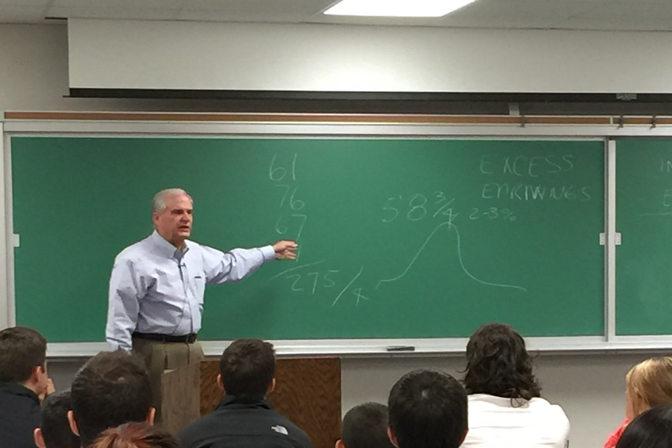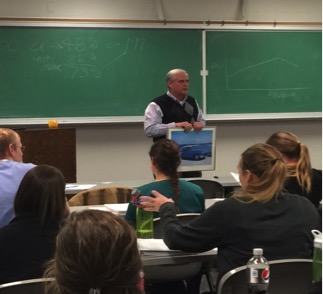(A retro blog post from Dr. Steve Wolff)
A recent article in the AGD Impact journal by Dr. Andy Alas entitled “How to Buy a Good Practice and Ruin It,” brought to mind this article I first published in 2008.
Dr. Steve Wolff
Those of you who know me very well know that I’m a Car Guy. This sickness usually sets in very young and continues until they have your graveside service, so naturally I was excited when my son gave me a book entitled “The Toyota Way” by Jeffrey Liker. My immediate assumption was that all of the intimate details of the Toyota models, from those first produced in the ’30s up to the current high-tech hybrids would be revealed. Turns out, though, that this is a management textbook. And although you might not think the auto industry would have many similarities to dental practice, you are in for a surprise. The book explores at great length the well-known Japanese concept of KAIZEN (meaning continuous improvement) which is precisely the attitude operators of dental practices should embrace. Never is this more important than at the time of an acquisition and transition.
Every dentist brings their own perspective on decor and practice style. I have visited and owned enough offices that I can quickly create a list of changes I would make to every office I see. It is no surprise that the buyer of a new collectible car will spend $25,000 having the color changed from Screamin’ Yellow to Purple Passion just to satisfy his personal tastes. Likewise, it is very temping for the new owner of a practice to begin immediately to fulfill their vision of what the office should look and feel like. In almost every case our advice is just the opposite.
We will usually advise the new owner to just show up with their lab coat and briefcase and ask the staff where they are supposed to go and what are they supposed to do. As they begin to get comfortable with the office staff and patients, they can embrace that KAIZEN mentality and begin to plan and implement gradual changes to the facility, its systems and culture. Consider evolution, not revolution. We believe that productivity, staff and patient retention will best be maintained and subsequently improved by taking it slow and easy.
Some opportunities could be classified as the “don’t screw it up” variety. If the office is up to date, profitable, has great staff and treatment systems, we suggest a new owner move veryslowly in making any significant changes. Change just for the sake of change may well have a negative effect on the bottom line.
Some offices will ultimately need to be moved. When I speak to young doctors on the hunt for their dream practice, one of the few guarantees I offer them is the fact that they will not finish their careers in the same location they began. Time, demographics and practice philosophies will cause the need for offices to be moved and redesigned. Even in those cases where relocation is inevitable, we suggest you stay in the original location for long enough for the practice to become “yours”. It may take anywhere from 6 months to several years, but you will know when the time is right to make the change.
Lastly, read the book. While the Toyota Production System (TPS) may not be a perfect model for dental practices, you will be amazed at how well the concepts can be used to improve the productivity and profitability of your office. The fact that Toyota is now one of the ten largest businesses in the world is reason enough to give it your attention.
Steve Wolff, DDS
UMKC Class of ‘77



 vious levels, a significant number of retirement age doctors will not find buyers to sustain their practices into the next generation. Positioning their practices for a merger into another may well prove to be the best of exit strategies. As we gain more experience with this model, certain factors contributing to the marketability and successful transition of these practices seem to bubble to the top.
vious levels, a significant number of retirement age doctors will not find buyers to sustain their practices into the next generation. Positioning their practices for a merger into another may well prove to be the best of exit strategies. As we gain more experience with this model, certain factors contributing to the marketability and successful transition of these practices seem to bubble to the top.
